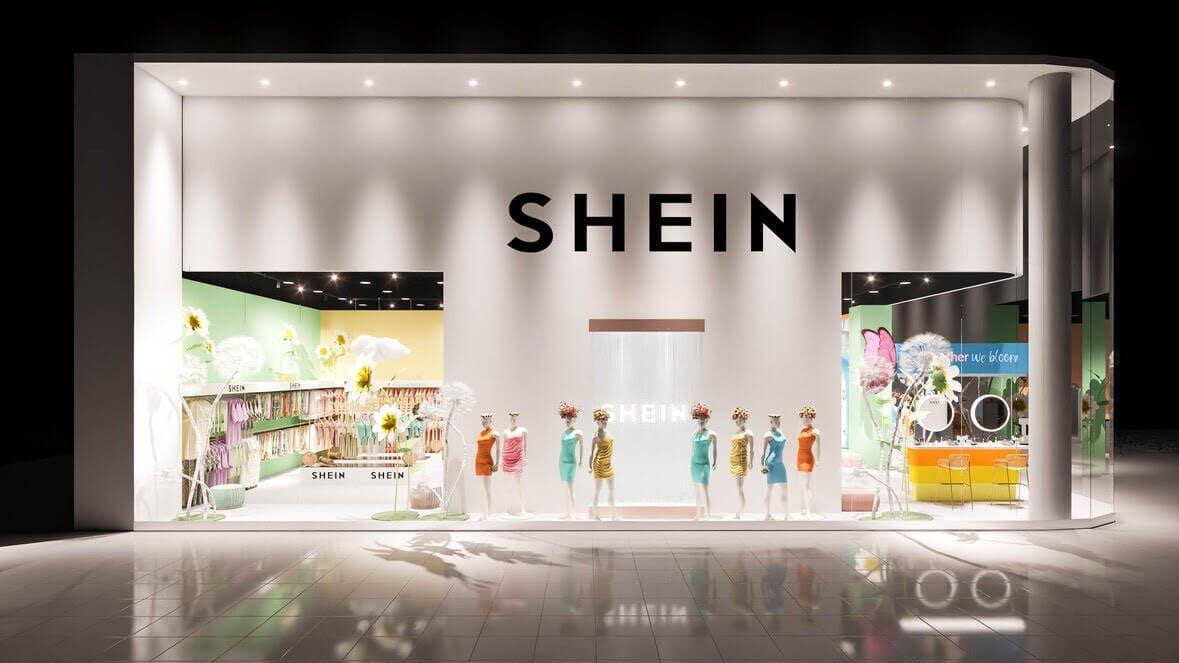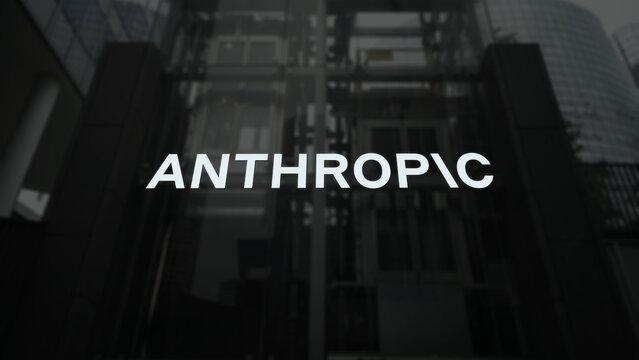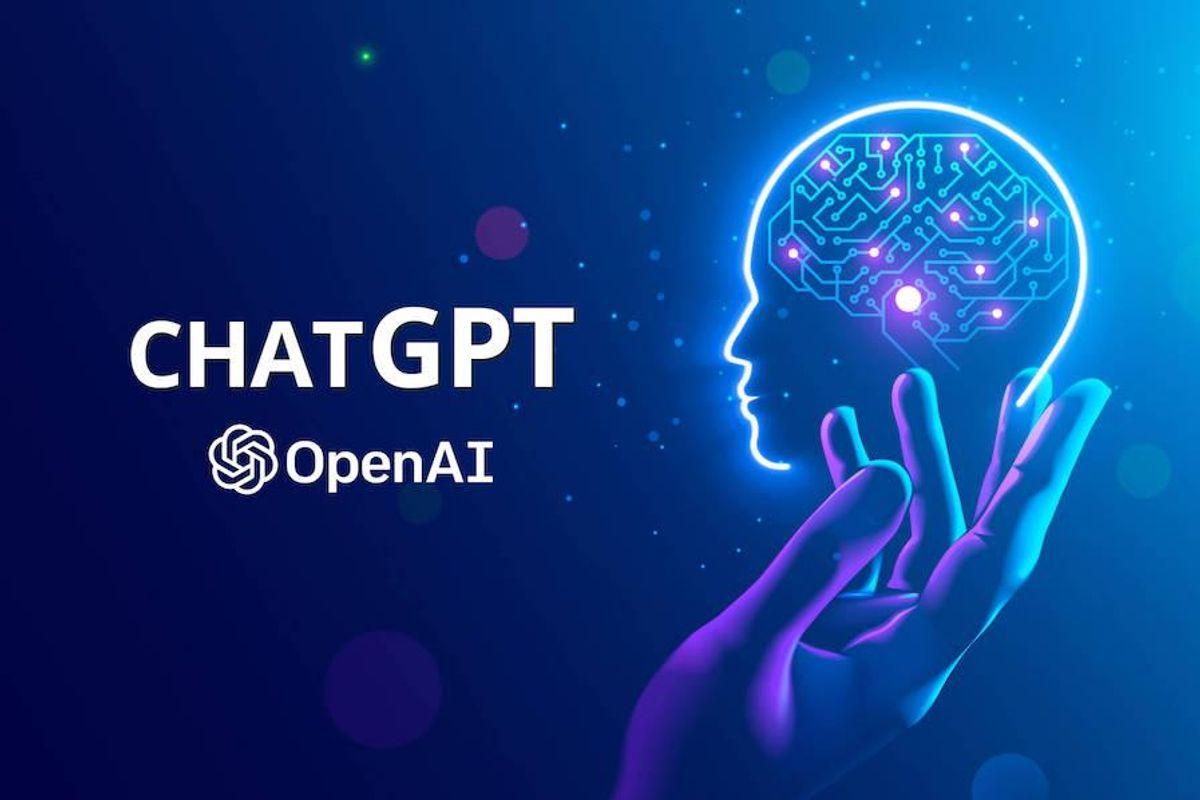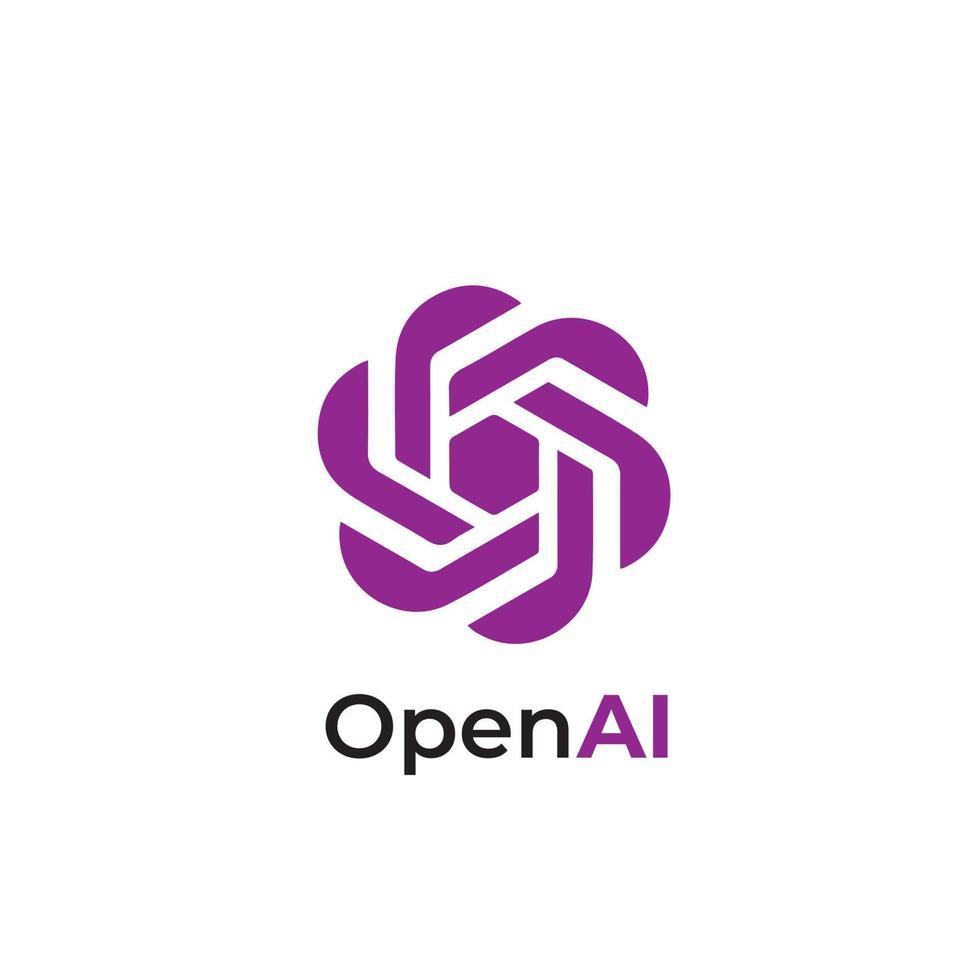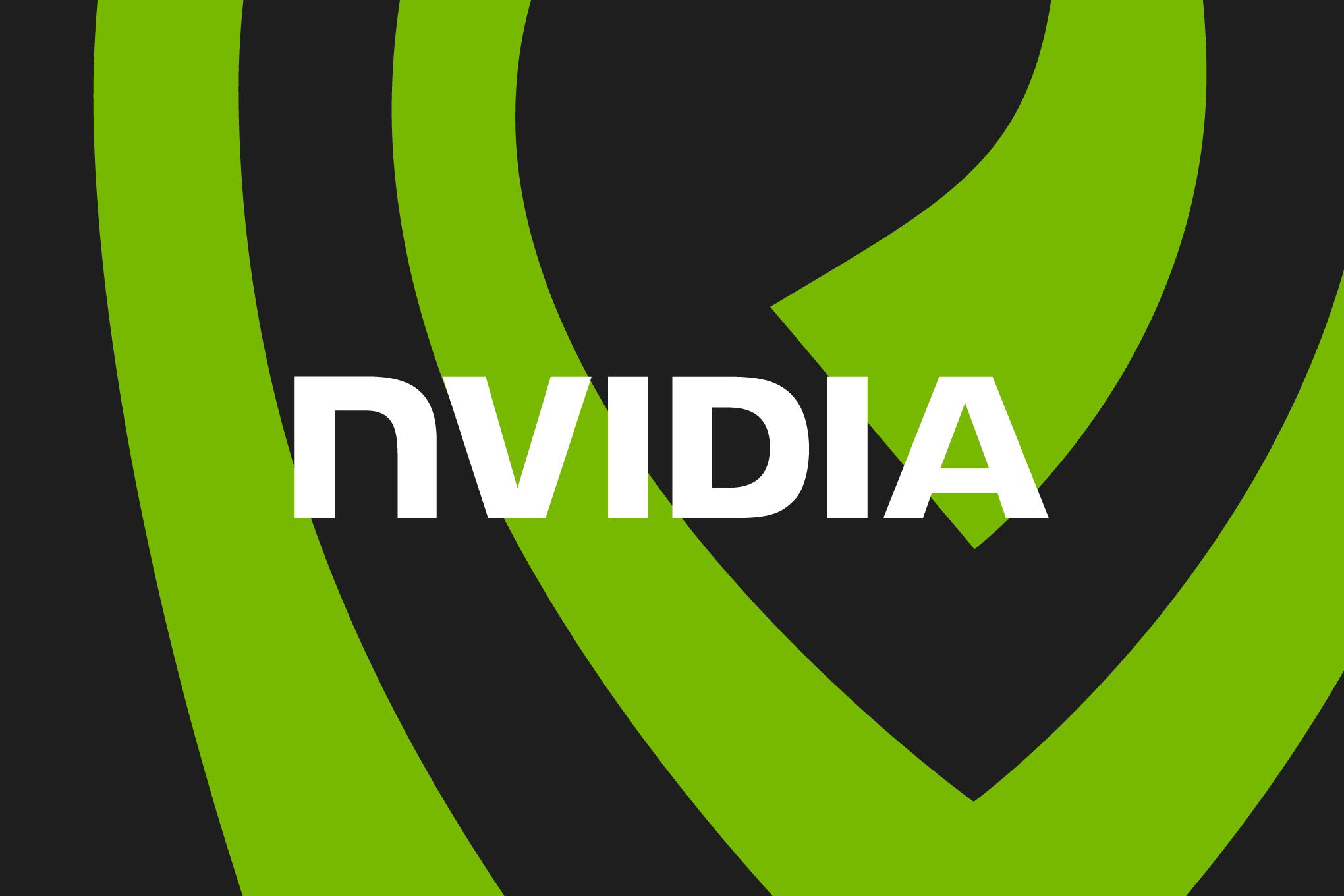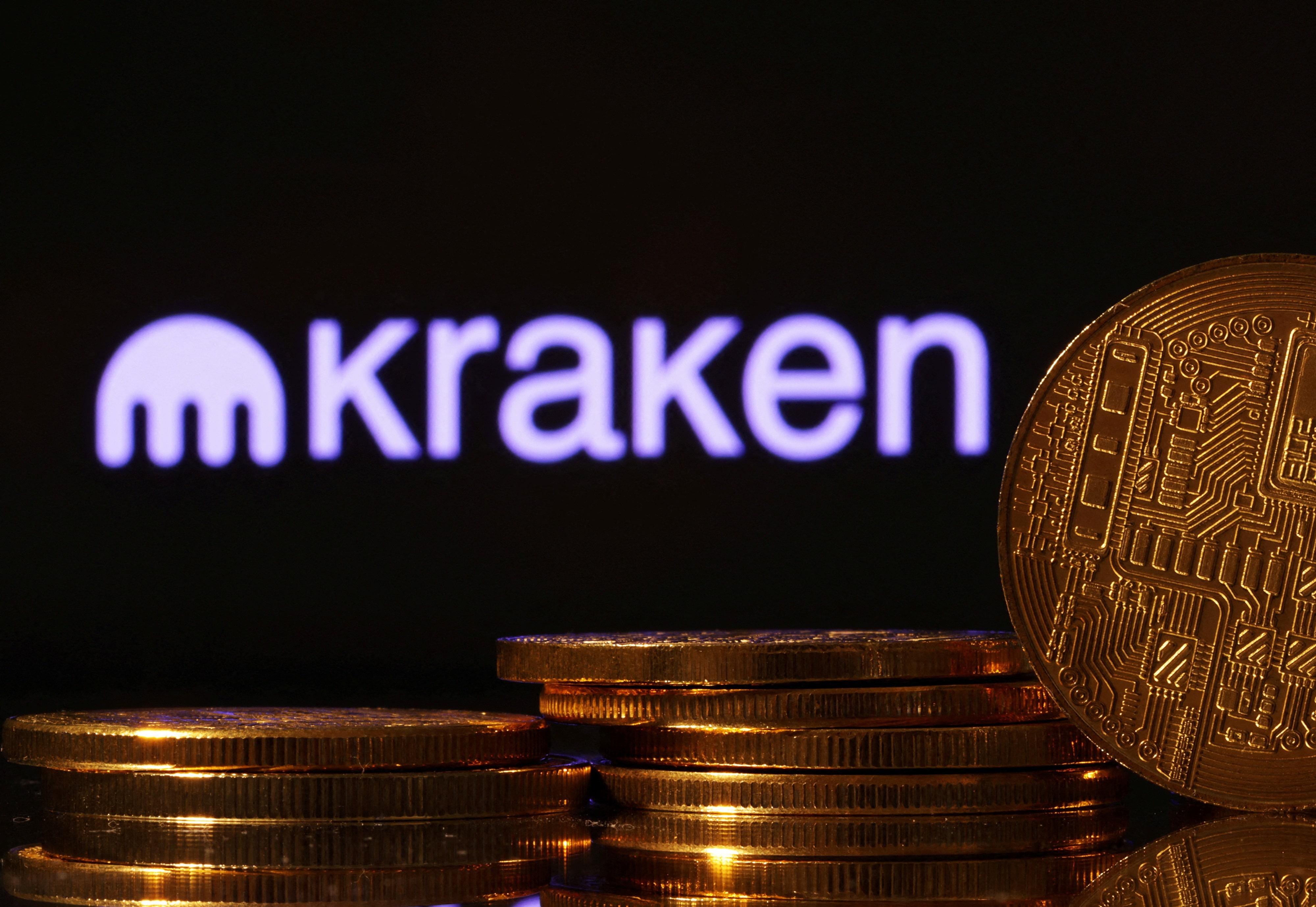
$800m Capital Raise and Valuation: Kraken's Next Big Leap
Kraken has secured a headline-grabbing $800 million capital raise, designed to turbocharge its push to bring traditional financial products onto blockchain rails. This is not a minor top-up; for a company that had previously raised only $27 million in primary capital, the new funding represents a dramatic scale-up in financial firepower.
The raise happened in two key stages. First, a major primary tranche came from heavyweight institutional investors, including Jane Street, DRW Venture Capital, HSG, Oppenheimer Alternative Investment Management and Tribe Capital, alongside a strong commitment from the family office of co-CEO Arjun Sethi. This signals that some of the most sophisticated market participants are betting that Kraken's vision of on-chain finance can reshape how traditional assets are traded, held and settled.
Then came the headline valuation marker: a $200 million strategic investment from Citadel Securities, priced at a striking $20 billion valuation. Citadel Securities is one of the dominant forces in modern market structure, and its decision to invest at this level effectively puts a public tag on what Kraken's architecture and growth potential are worth in the eyes of a top-tier market maker.
The remarkable nature of this valuation becomes clear when set against Kraken's past capital history. Before this round, the company had raised only $27 million in primary capital, yet it generated $1.5 billion in revenue in 2024 and managed to surpass that figure in just the first three quarters of 2025. In plain language: Kraken has been running a highly capital-efficient, strongly profitable business, and investors are now paying up to fuel its next phase.
Expansion of Kraken's On-Chain, Multi-Asset Product Roadmap
Kraken is shifting from being "just" a crypto exchange into something far bigger: a full-scale, on-chain financial powerhouse. With a fresh $800 million in funding and a proven record of profitability, Kraken is rapidly building a platform where almost any kind of asset — from cryptocurrencies to stocks to tokenised equities — can live side by side on-chain.
At the heart of this roadmap is a simple but powerful idea: take the tools and products people know from traditional finance and rebuild them on digital rails. Kraken already runs a vertically integrated infrastructure stack. In plain language, that means Kraken handles almost everything itself — matching buyers and sellers, safely holding assets through custody services, clearing and settling trades, providing market data and running wallet services. Because all of this sits under one roof, Kraken can add new asset types quickly while keeping tight control over security and regulation.
Kraken's multi-asset ecosystem has already become remarkably broad. The platform covers spot trading for digital assets, derivatives for more advanced strategies, equities and tokenised assets for investors who want traditional securities in blockchain form, as well as staking and payments. Each new product plugs into the same core infrastructure, so users can move smoothly between investing, trading, staking and paying, without having to jump between multiple platforms.
Vertically Integrated, Regulated Infrastructure and Operations
Kraken has quietly been building something rare in digital finance: a fully vertically integrated and regulated infrastructure stack. Instead of stitching together a patchwork of third-party services, Kraken runs almost everything in-house, under one roof and under regulatory oversight.
In simple terms, this means the platform does not just offer a place to trade. It controls the full journey of an asset, from the moment it is listed to the moment it is settled and stored. Kraken's integrated architecture covers matching, custody, clearing, settlement, market data and wallet services. All of these pieces are usually run by different firms in traditional finance; here, they are pulled together into a single, tightly controlled system.
This vertical integration is more than an operational choice; it serves as a strategic weapon. By owning the entire infrastructure stack, Kraken can launch new asset classes quickly while still maintaining strict regulatory and security standards. When the firm wants to add a new product – whether it is a tokenised equity, a new derivative, or a staking solution – it does not have to wait for external partners to adjust. The machinery is already in place, allowing fast, coordinated deployment.
Strategic and Institutional Investors Backing the Round
Kraken's latest $800m raise is powered by some of the sharpest minds and most sophisticated capital in global markets. This is not just "money in the door" – it is a signal that heavyweight institutions believe Kraken's vision of putting traditional finance on-chain is moving from theory to reality.
In the primary tranche of the funding, a group of well-known institutional investors took the lead. Firms such as Jane Street, DRW Venture Capital, HSG, Oppenheimer Alternative Investment Management and Tribe Capital backed the round, bringing with them deep experience in trading, market structure and high-speed finance. These are players who do not just invest in any story; they focus on platforms that can reshape how markets work.
Adding further conviction, the family office of Kraken co-CEO Arjun Sethi made a significant commitment of its own. This detail underlines a powerful message: leadership is not only building the company, but also investing their own capital alongside institutions. This represents strong alignment of interests between Kraken's management team and the broader market.
Global Expansion and New Market Moves
Kraken is not just raising money; it is gearing up for a global expansion strategy. Backed by an $800m funding round, the company is pushing hard to take its on-chain financial products worldwide, transforming how people access markets, payments and investments.
Kraken's roadmap reads like a blueprint for a new kind of global financial super-app. The company is rolling out a multi-asset platform where users can move seamlessly between spot trading, derivatives, equities, tokenised assets, staking and payments. This is more than adding a few new coins; it is about building a single gateway where traditional finance and digital assets sit side by side.
New Products That Blur Old Boundaries
Kraken has already widened its ecosystem through several bold initiatives. The acquisition of NinjaTrader brings U.S. futures trading into the fold, giving traders direct access to a major traditional market through Kraken's digital-first infrastructure. The launch of equities and tokenised equity trading shows how shares in companies can now be bought, sold and settled using modern, on-chain technology. The release of KRAK, Kraken's global app for payments, savings and investing, turns all of this market plumbing into something everyday users can hold in their pocket.
Ambitious Global Footprint
Kraken's ambitions are not limited to a handful of major markets. Future plans include targeted expansion across Latin America, Asia Pacific and EMEA regions. These regions include fast-growing populations that are often underserved by traditional banks but highly active in digital finance. Kraken's goal is to create a platform where "anyone can trade any asset, anytime, anywhere." Global expansion is not just about more users; it is about rewriting who gets access to advanced financial tools.
What Comes Next: The Future Product Pipeline
With fresh capital in hand, Kraken has outlined a packed pipeline of upcoming initiatives designed to push the platform further into the mainstream and into institutional territory. More staking options, broader payment services and deeper institutional features are all on the roadmap. In effect, Kraken is building an on-chain financial supermarket: one account, many asset types, with the speed and transparency of blockchain and the guardrails of a regulated institution.
This strategy is backed by some of the most sophisticated players in global markets. Leading institutional investors have participated in the funding, and a major strategic investment from Citadel Securities, at a multibillion-dollar valuation, further underlines the belief that on-chain, multi-asset platforms are not just a niche experiment but a new foundation for how markets can operate. This represents a long-term bet that the future of finance will be open, programmable and accessible to anyone, anywhere, at any time.


